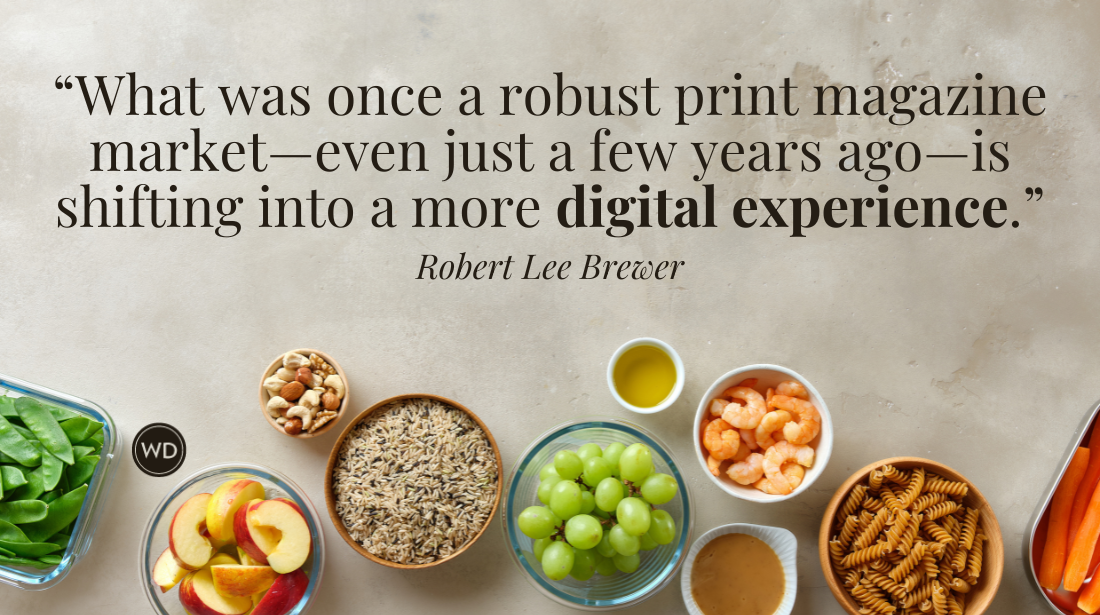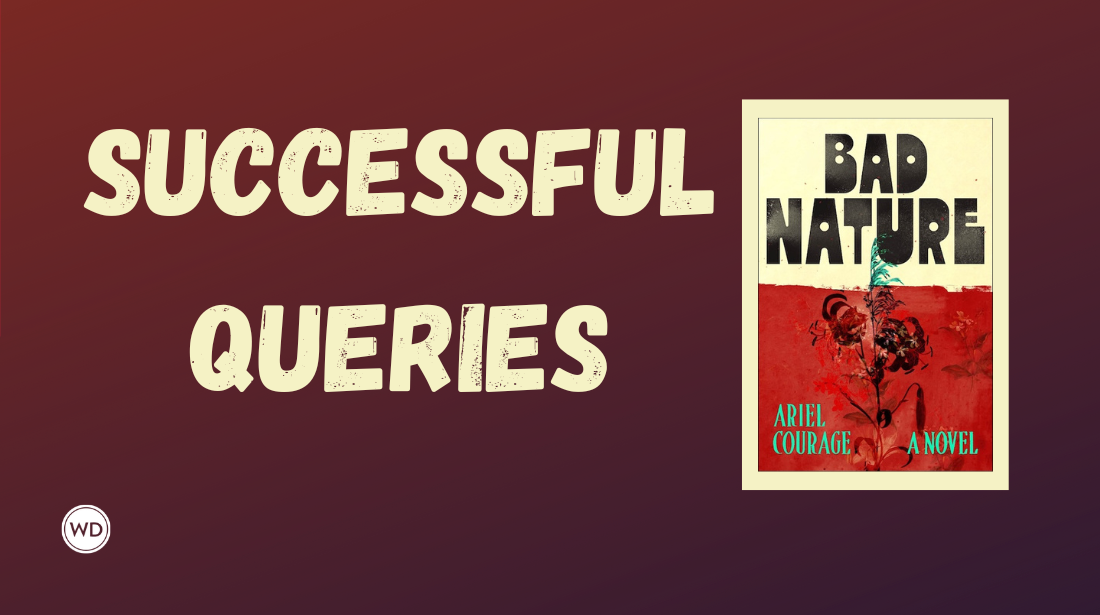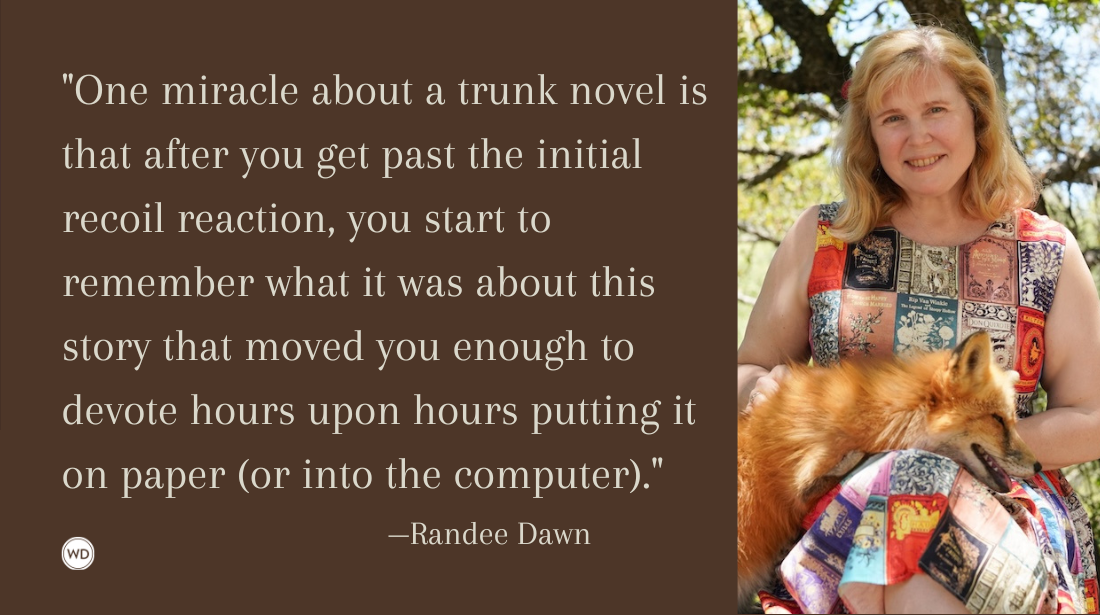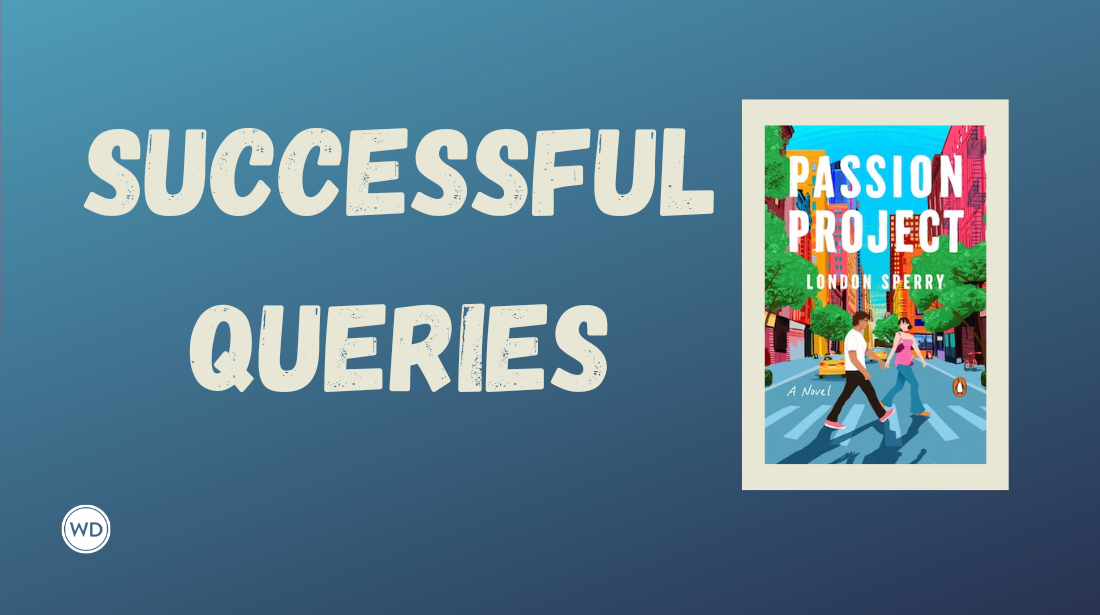The Identity List: How to Catalog Your Written Work to Get More Freelance Writing Projects
By keeping a catalog of published pieces, freelancers can leverage future success when querying editors. Kimberly A. Edwards offers methods for organizing and structuring your list to get more freelance writing projects.
Early on in my career, having published a few articles, I began keeping a list of these freelance writing jewels. As the years went by and I continued writing, I added titles of newly published pieces, and also recorded relevant activities such as coursework and workshops. Decades later, I am the proud owner of an inventory of published works and pertinent writing-related endeavors.
The document has proved supremely useful: When pitching an editor, there’s no scratching around
to gather credentials—my full history is easily accessible for reviewing and plucking relevant items. Creating a personal bibliography of achievements aids writers in four ways: It establishes a sense of accomplishment and self-confidence, documents your credibility, steels you when rejections flood in and banks your credits for later use. Employ the following steps to build and utilize your own:
1. Compile a raw list of your published work and related writing activities …
… such as workshops that have shaped you as a writer, in a Word document or an app like Evernote or Google Sheets. While in the moment specific dates and events may seem permanently etched on your heart, they will fade from your memory—but not from your list.
2. Organize your list.
I arrange my publication credits by the categories under which most of my work falls: Communication, Travel and Culture, Publishing Trends, Writing Craft, Lifestyle/People, and Miscellaneous. Under each category heading, I list article or essay titles alphabetically, along with the publication or publisher, date (month and year) and the URL (if the piece is posted online). Here’s an example:
“Scene, Heard, Laced and Loved,” ASJA Magazine, March-April, 2015, asja.org/theword/2015/04/13/scene-heard-laced-and-loved-trends-in-long-form.
Some articles cross categories, like one on producing an anthology that fits both Writing Craft and Publishing Trends. Thus I write up the entry and place it under the category that best fits it. Occasionally, as need arises for a new pitch or résumé, I re-sort and recast my work by audience (Seniors), genre (Personal Essay) or format (Book).
In addition to publication credits, I group pertinent writing-related activities into broad headings such as Education/Coursework, Professional Affiliations, Awards/Media and Writing Leadership.
3. Select from your categorized list.
When I pitch a magazine editor, I scan my document for work that supports my query, since most submission guidelines require clips (i.e., proof of a deliverable track record). For instance, if I were to propose a piece on dog-training tips for a magazine with a youthful demographic, I’d include a few publication credits proving that in the past I’ve written for teens and about dogs, and have experience penning tip-based articles. The right clips act as a mini résumé, establishing that I can successfully carry out the proposed piece. When scanning my list for which credits to include, I consider:
- Topic: Clips closely related to the article I’m pitching.
- Target Audience: Clips appearing in publications with similar reader demographics to the one I’m pitching.
- Word Count: Clips with a similar length to the proposed piece.
- Freshness: Clips that are somewhat recent and/or still relevant.
- Reporting: Clips that demonstrate my ability to conduct the appropriate research.
- Presentation: Clips that are nicely presented (such as a multi-paged feature, or articles that include sidebars and pull quotes).
- Digital Accessibility: Clips that have a working URL, so I can hyperlink them in the query (Never attach a PDF, as most editors avoid attachments.)
The writing-related activities on my list are used less, but can serve an important purpose. An advanced degree or significant experience with a topic related to a pitch can help build a writer’s case. If you’re preparing a résumé for a writing retreat, things like open mic readings, study at reputable institutions, critique-group leadership and memberships in professional organizations with state or national chapters may boost your standing. Recently, when applying to a prestigious writer’s workshop, I consulted my list and pulled together a bio customized to the program’s goals.
Unlike a website, business card, pantsuit or other outward symbol of professionalism, my list is visible only to me, allowing for private introspection on the many sides of my writing identity. Patterns often come to light that give insight into my career path, whether crooked or straight. These words on a page enable me to carefully and confidently piece together the angle that best fits any opportunity.
Kimberly A. Edwards has written articles for 40 years and leads a memoir seminar in Sacramento, where she serves as president of the local California Writers Club branch.








